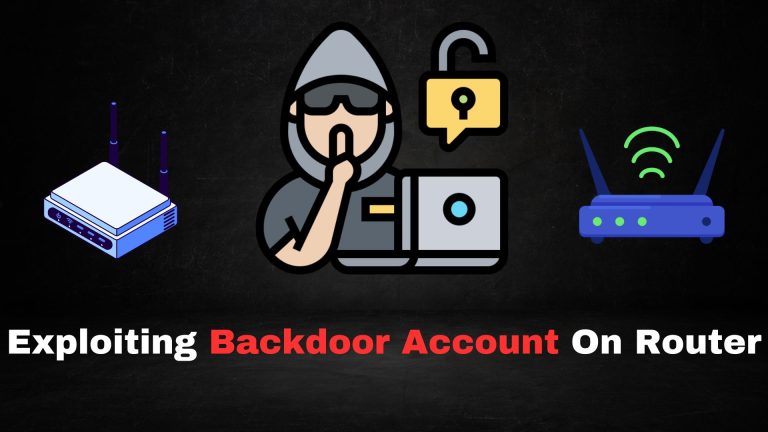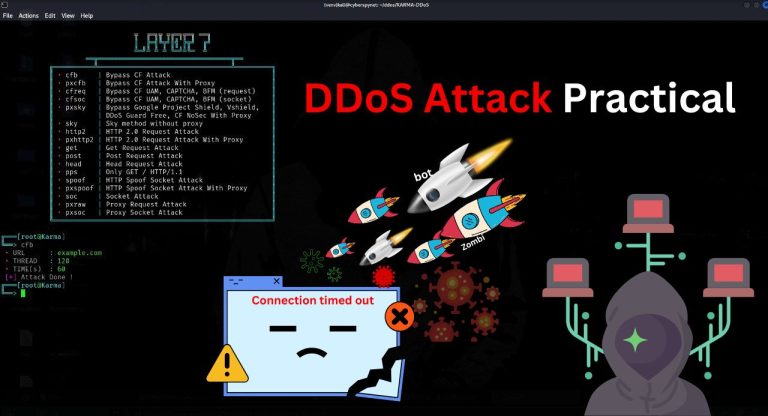
Have you ever wondered what these IP ADDRESSES are ? An IP address (Internet Protocol address) is a unique identifier assigned to each particular devices on a network to enable communication. And helps that device to connect to the internet. It acts like a address for each devices, allowing data to be sent and received from another devices.
What is IPv4?
We currently have 2 types of ipv4 and ipv6 we will discuss about both. so first we will talk about ipv4. An IPv4 (Internet Protocol version 4) address is a unique string of numbers used to identify a device (like a computer, mobile phone, router, etc…) on a network or all over the internet. v4 address is written as four numbers, separated by dots (periods). Each number can range from 0 to 255. For example: 192.168.10.10 , when we calculate all the possible outcomes of ipv4 address it comes with 4.3 billion ip addresses.
Features of ipv4 address
Size Of Ips: IPv4 uses a 32-bit address, written as four numbers(octet) separated by dots (192.168.10.10). We call each number an octet and each octet consisting of 8 bits. This division is done for readability and simplicity.
- Widely use: It’s the most widely used protocol and works with almost all devices and networks.
- Subnetting: Most important its Supports subnetting, allowing networks to be divided into smaller parts.
- Using NAT: Also works with Network Address Translation (NAT) to let multiple devices share a single public IP address.
- Security: Offers basic security, but relies on external protocols (like firewalls) for strong protection.
NAT Slowing Down Process
To cope with address exhaustion, Network Address Translation (NAT) is widely used, but it adds complexity and may slow communication.
Some interesting and Unique Things Related to IPV4 addresses
- IPv4 was introduced in 1981 when the internet was still under experiment. It was designed to connect only few machine, not billions of devices we have today.
Some IP ranges are reserved for private networks
- 10.0.0.0 – 10.255.255.255
- 172.16.0.0 – 172.31.255.255
- 192.168.0.0 – 192.168.255.255
IPv4 can send a single message to all devices on a network using a broadcast address (e.g., 255.255.255.255). This is used for scenarios like Host(device) discovery.
Special IPv4 Addresses
Certain IPv4 addresses have unique uses:
- 127.0.0.1: Known as the “loopback” address, used to test our own machine.
- 0.0.0.0: represents “any address” and is often used during startup or routing.
- 169.254.x.x: Automatically assigned when a device cannot get an IP from DHCP (called APIPA).
Despite IPv6 being more advanced, IPv4 is often faster in practice because it’s simpler, and networks are heavily optimized for it.
What is IPv6?
IPv6 (Internet Protocol version 6) is the newest version of the Internet Protocol (IP); it is designed to replace IPv4 (Internet Protocol version 4). It was developed by the Internet Engineering Task Force (IETF) to tackle the issue of lack of IPv4 address, which occurred due to the rapid growth of the Internet and rapidly increasing number of devices. IPv6 uses 128-bit addresses, which provide a larger range of addresses than IPv4’s 32-bit addresses. In IPv6, we have more than 340 trillion trillion trillion IP addresses. IPv6 addresses are written in hexadecimal (base 16) using colon-separated groups of four characters each. In IPv6, we can easily send data to multiple devices at once.
Features of IPv6
More Addresses: IPv6 has a much larger range of address space than IPv4. While IPv4 has only 4.3 billion addresses, iPv6 has 340 undecillion (Trillion Trillion Trillion) addresses.
- Simple Headers: Headers of ipv6 are simpler and easier to process than ipv6 (headers: part of data packets that contains information of routing and packet delivering).
- Enhanced Security: IPv6 includes built-in security features like IPsec (Internet Protocol Security) to encrypt and authenticate network traffic .This provides better protection against hackers and unauthorized access.
- Multicasting: it supports multicast addressing, which allows a single packet to be sent to multiple devices at once. This is useful for applications like videoconferencing or online gaming.
- Efficient Routing: The routing of IPv6 is more efficient and scalable than IPv4 routing.
- No NAT needed: Interesting part is IPv6 eliminates the need for Network Address Translation (NAT), which can cause issues with online gaming, video conferencing, and other applications.
Limitations of the Ipv6
- Complex: IPv6 is time-consuming and expensive for organizations, requiring updates to hardware, software, and networks.
- Limited Compatibility: IPv6 is not compatible with IPv4. We need special mechanisms like dual-stack or tunneling for communication between the two different IP versions (v4 and v6).
- Incomplete Global Adoption: Many ISPs, devices, and websites still rely on IPv4, limiting the full potential of IPv6.
- Higher Resource Usage: IPv6’s larger addresses and advanced features can require more memory and high processing power.
- Increased Header Size: IPv6 simplifies header fields, but the headers are larger than IPv4, leading to higher bandwidth usage.
Some Interesting And Unique Things About IPv6
- IPv6 eliminates the need for Network Address Translation (NAT) because every device on a network can have their own unique public IP address.
- IPv6 supports stateless auto-configuration, meaning devices can generate their own IP addresses without requiring a DHCP server.
- Link-local addresses (fe80::/10): Automatically assigned to every device for local communication, even without needing a router.
- Special IPv6 Address Ranges: Loopback Address: 1 is the IPv6 equivalent of 127.0.0.1 in IPv4. It tests your device’s internal communication. Reserved Addresses: Some ranges are kept for research and future use, like ::/96 and 100::/64.
- IPv6 addresses can encode information like location, service type, or network segment, making it easier to manage large networks.
- IPv6 can generate temporary, random addresses for outbound connections to protect users’ privacy.
- IPv6 is heavily used in 5G networks, cloud computing, and other modern infrastructures due to its scalability and efficiency.
- IPv6 integrates better with modern firewalls, making it easier to enforce security policies across devices and networks.
I hope this content has helped you gain valuable insights. Thank you for reading! Best regards,
Cyberspynet.













Good write-up, I am normal visitor of one?¦s blog, maintain up the excellent operate, and It’s going to be a regular visitor for a long time.
thank you so much